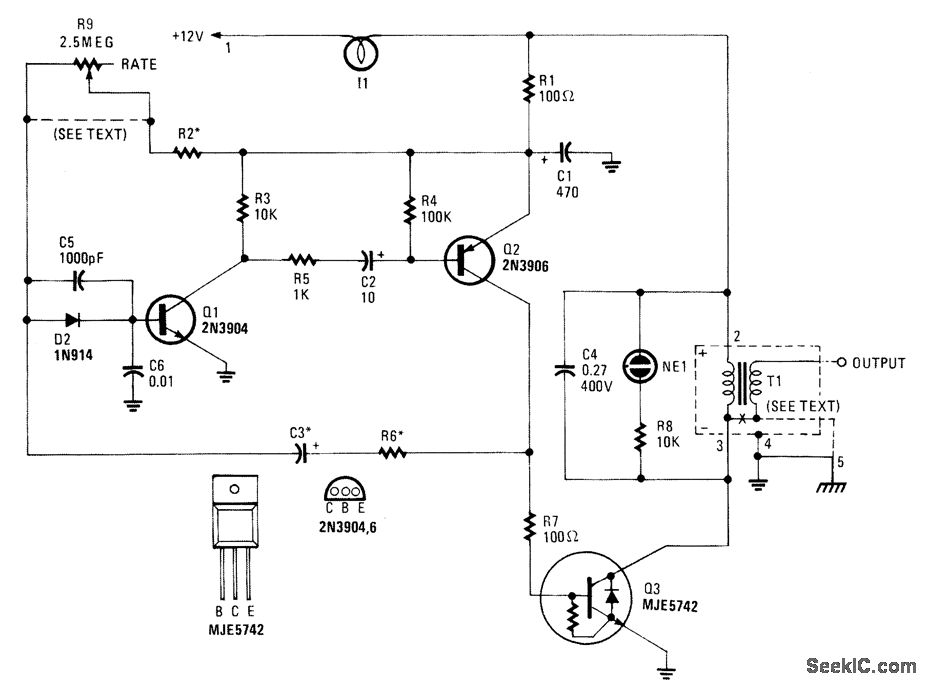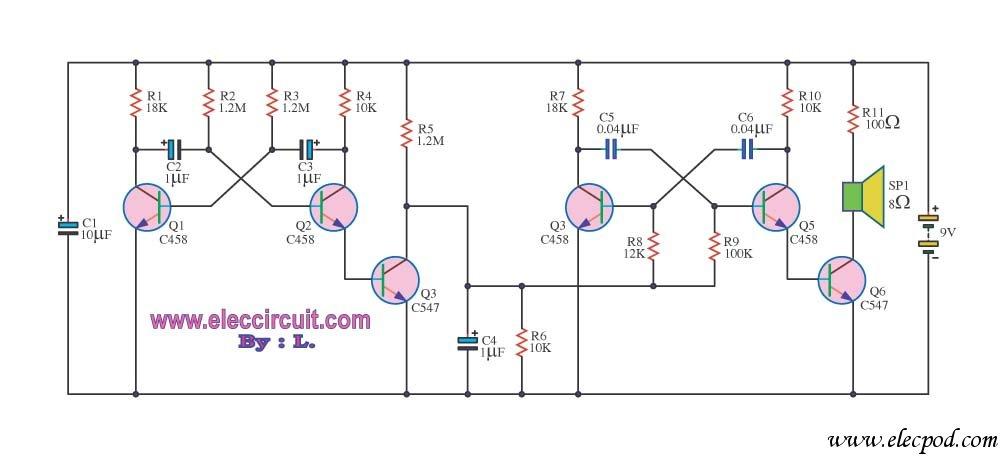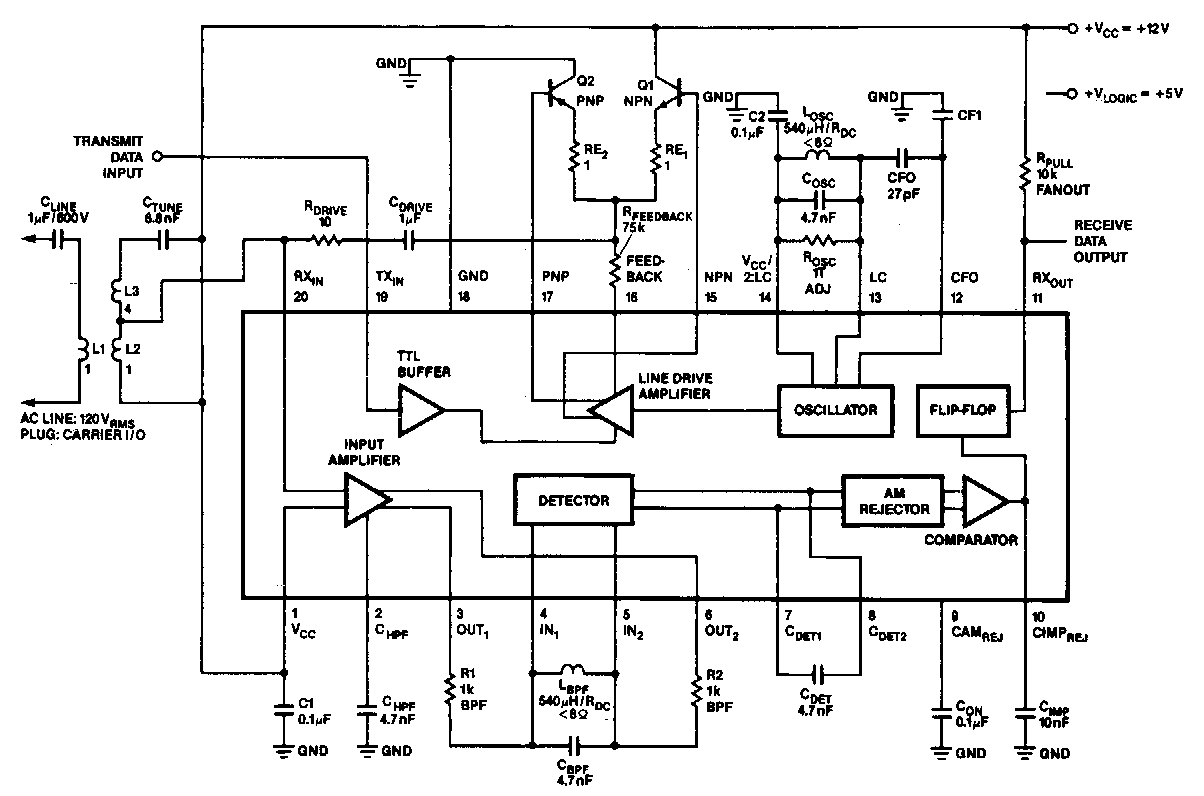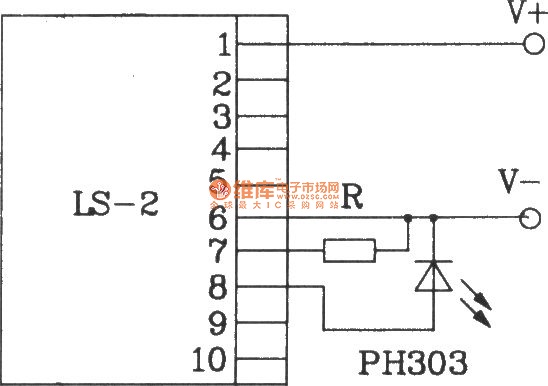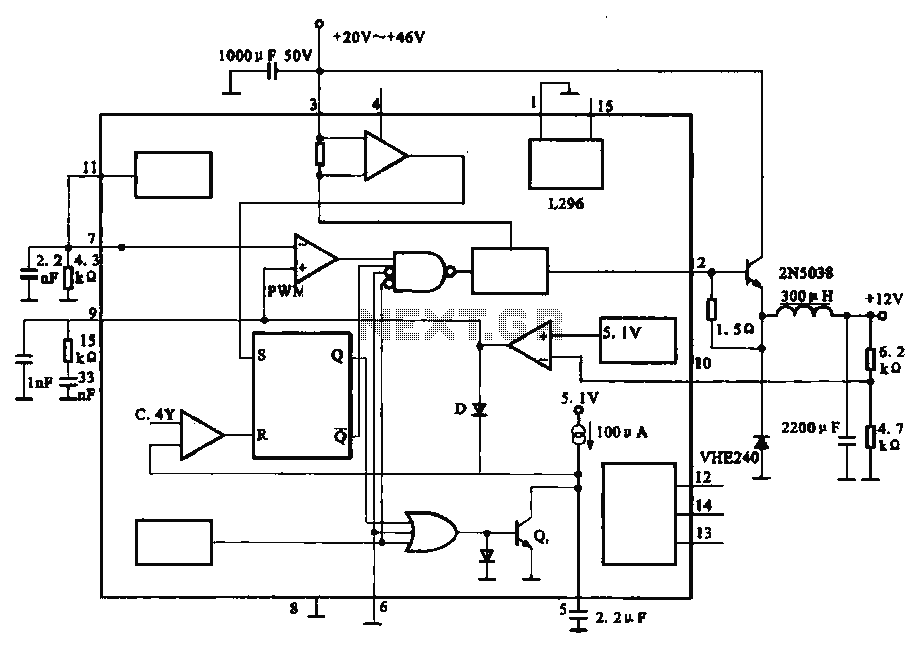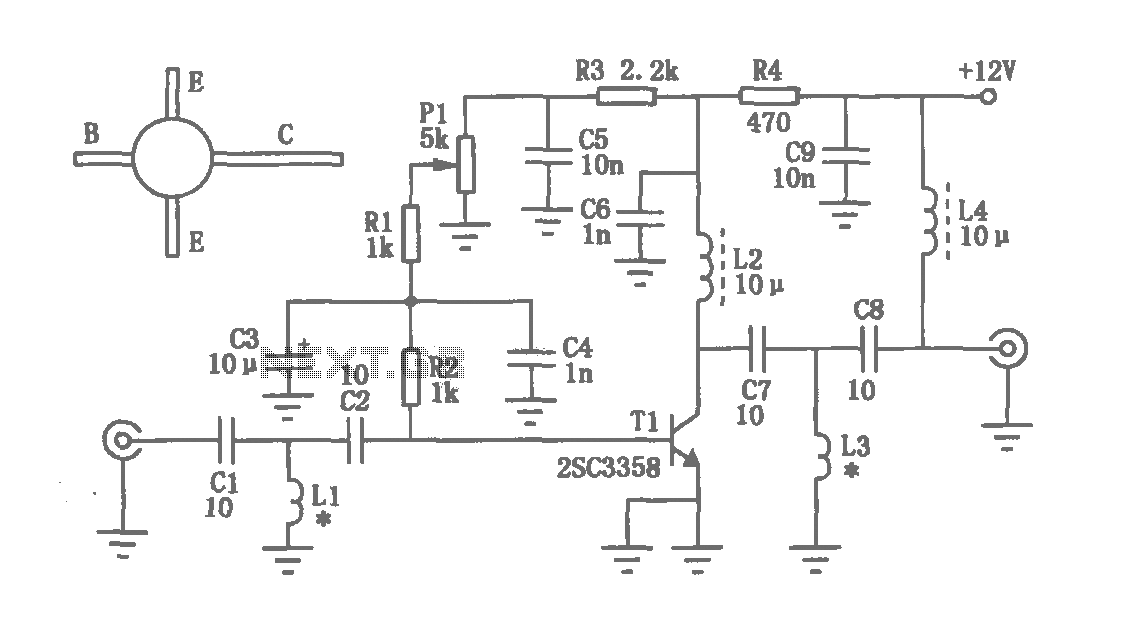
FGDF-3 three-phase low-temperature iron plating power supply circuit
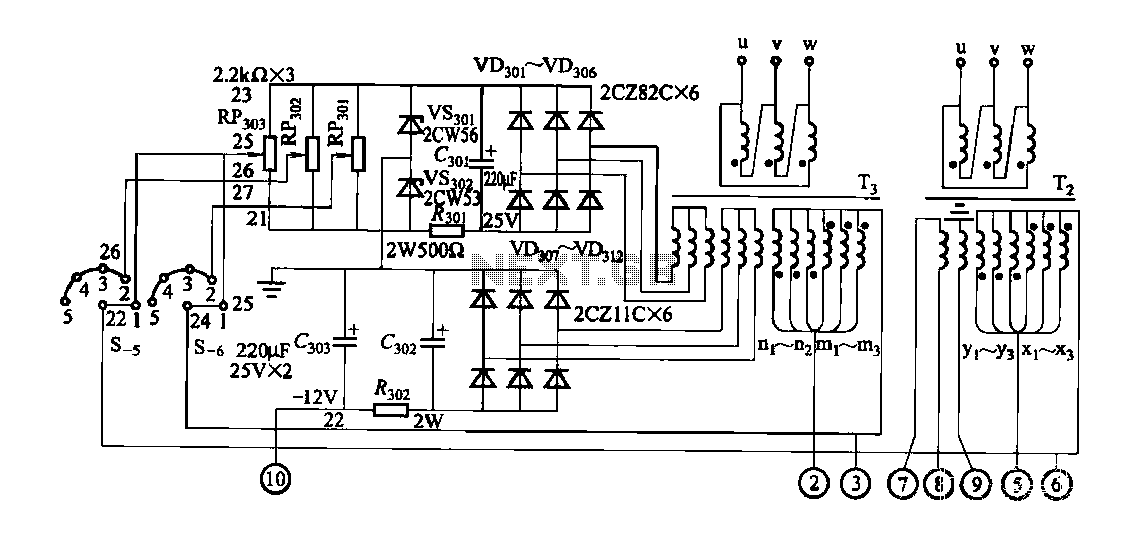
FGDF-3 is a three-phase low-temperature iron plating power supply circuit, while the KGDF-3 is a single-phase low-temperature iron plating power supply device that encompasses all the characteristics of the power supply unit. This design allows for an even distribution of load across a three-phase power grid. The technical specifications of the power supply unit are as follows: AC input voltage is three-phase 380V at 50Hz; the DC output voltage is adjustable with a positive DC output of -16V and a reverse DC output ranging from 0 to 16V; the rated output current includes an AC symmetry output disability of 50A, a Chi flow asymmetry output of 0 to 500A, a reversed polarity DC output of 0 to +100A, a positive DC output of 0 to +100A, and a reverse DC output of -1000A. Forward time control is adjustable from 1 to 30 seconds (with a range of 1 to 22 seconds), and reverse time control can be set from 0.5 to 2 seconds (with a range of 0.5 to 1 second). The adjustable brackets are determined based on the actual number.
The FGDF-3 three-phase low-temperature iron plating power supply circuit is engineered for precision and efficiency in electroplating applications. The three-phase input configuration ensures that the load is balanced across the power grid, minimizing the risk of overload and enhancing the longevity of the power supply system. The AC input voltage specification of 380V at 50Hz is standard for industrial applications, providing a robust foundation for the power supply's operation.
The power supply offers a versatile DC output capability, allowing for both positive and reverse voltage adjustments. The continuous adjustment of the positive DC output voltage to -16V and the adjustable reverse DC output from 0 to 16V enable users to tailor the voltage to meet specific plating requirements. This flexibility is crucial for achieving optimal plating results on various substrates.
The rated output current specifications indicate a high capacity for both AC and DC outputs. The AC symmetry output disability of 50A and the Chi flow asymmetry output of 0 to 500A suggest that the power supply is capable of handling significant current loads, which is essential for high-volume plating operations. Additionally, the reversed polarity DC output capability of 0 to +100A and the positive DC output of 0 to +100A provide further versatility in application scenarios.
The advanced control features, including forward time control adjustable from 1 to 30 seconds and reverse time control from 0.5 to 2 seconds, allow for precise management of the plating process. These timing controls are critical for regulating the duration of current application during the plating cycle, which directly affects the quality and thickness of the plated layer. The adjustable brackets for the actual number of cycles provide additional customization, ensuring that the power supply can be adapted to various operational needs.
Overall, the FGDF-3 and KGDF-3 power supply devices represent a sophisticated solution for low-temperature iron plating, combining robust electrical specifications with advanced control features to meet the demands of modern electroplating applications.FGDF-3 three-phase low-temperature iron plating power supply circuit KGDF-3 low-temperature iron plating power supply device having a single-phase low-temperature iron plating all the characteristics of the power supply device. In addition, the use of three-phase power grid load evenly. Technical parameters of the power supply unit: AC input voltage, three-phase 380V, 50Hz: DC output voltage, positive DC -16V (continuously adjustable), reverse DC 0 ~ 16V (adjustable); rated output current, AC symmetry output disabilities 50A, Chi flow asymmetry output 0 ~ 500A, reversed polarity DC output O ~ + lOOOA, positive DC O- + lOOOA, reverse DC ~ -1000A, forward time control 1 ~ 30s (1 ~ 22s) reverse time control 0.5-2s (0. 5-ls). Adjustable brackets above the actual number.
The FGDF-3 three-phase low-temperature iron plating power supply circuit is engineered for precision and efficiency in electroplating applications. The three-phase input configuration ensures that the load is balanced across the power grid, minimizing the risk of overload and enhancing the longevity of the power supply system. The AC input voltage specification of 380V at 50Hz is standard for industrial applications, providing a robust foundation for the power supply's operation.
The power supply offers a versatile DC output capability, allowing for both positive and reverse voltage adjustments. The continuous adjustment of the positive DC output voltage to -16V and the adjustable reverse DC output from 0 to 16V enable users to tailor the voltage to meet specific plating requirements. This flexibility is crucial for achieving optimal plating results on various substrates.
The rated output current specifications indicate a high capacity for both AC and DC outputs. The AC symmetry output disability of 50A and the Chi flow asymmetry output of 0 to 500A suggest that the power supply is capable of handling significant current loads, which is essential for high-volume plating operations. Additionally, the reversed polarity DC output capability of 0 to +100A and the positive DC output of 0 to +100A provide further versatility in application scenarios.
The advanced control features, including forward time control adjustable from 1 to 30 seconds and reverse time control from 0.5 to 2 seconds, allow for precise management of the plating process. These timing controls are critical for regulating the duration of current application during the plating cycle, which directly affects the quality and thickness of the plated layer. The adjustable brackets for the actual number of cycles provide additional customization, ensuring that the power supply can be adapted to various operational needs.
Overall, the FGDF-3 and KGDF-3 power supply devices represent a sophisticated solution for low-temperature iron plating, combining robust electrical specifications with advanced control features to meet the demands of modern electroplating applications.FGDF-3 three-phase low-temperature iron plating power supply circuit KGDF-3 low-temperature iron plating power supply device having a single-phase low-temperature iron plating all the characteristics of the power supply device. In addition, the use of three-phase power grid load evenly. Technical parameters of the power supply unit: AC input voltage, three-phase 380V, 50Hz: DC output voltage, positive DC -16V (continuously adjustable), reverse DC 0 ~ 16V (adjustable); rated output current, AC symmetry output disabilities 50A, Chi flow asymmetry output 0 ~ 500A, reversed polarity DC output O ~ + lOOOA, positive DC O- + lOOOA, reverse DC ~ -1000A, forward time control 1 ~ 30s (1 ~ 22s) reverse time control 0.5-2s (0. 5-ls). Adjustable brackets above the actual number.
